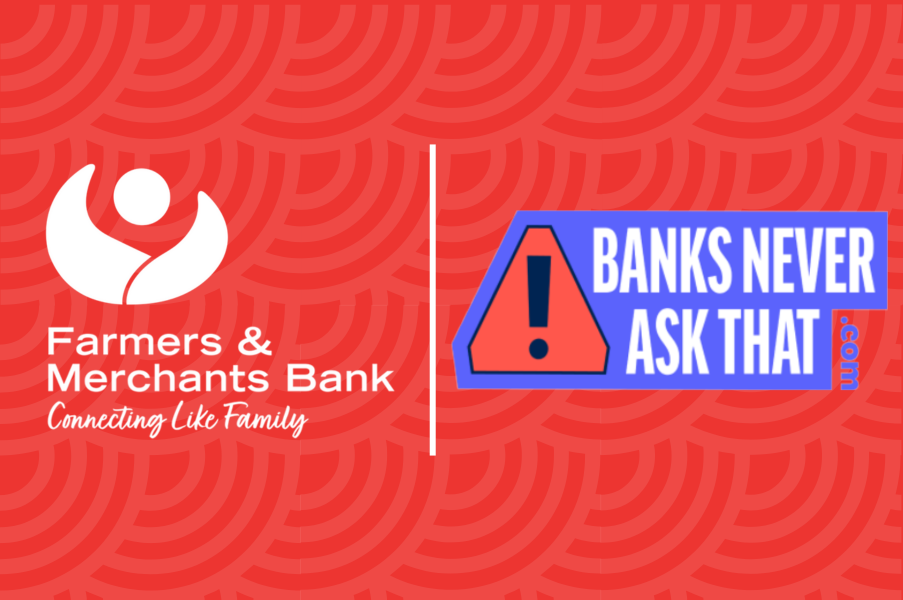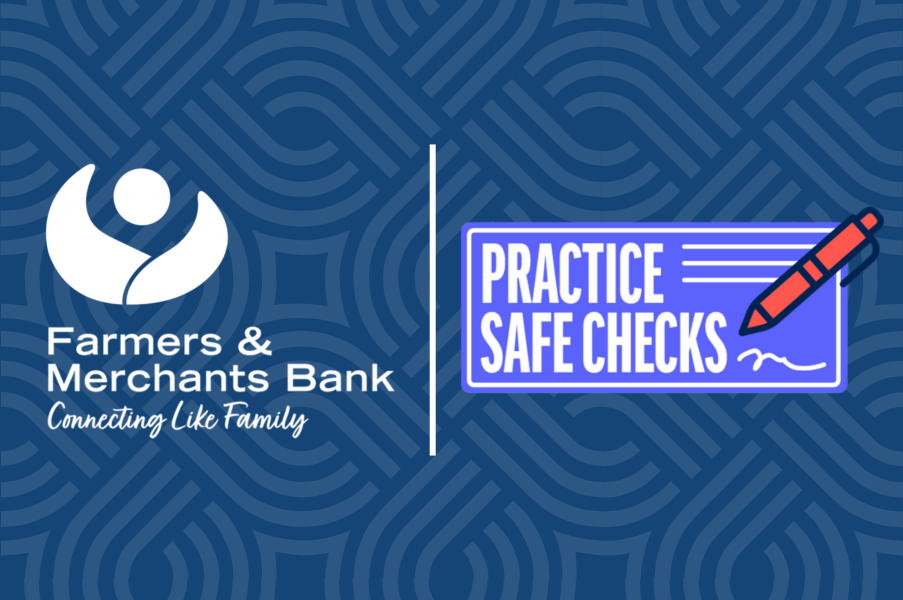
The Blog
Five Smart Strategies for Navigating Market Uncertainty
All PostsNews
Apr. 30, 2025

As any experienced investor knows, the market doesn’t move in a straight line. It’s a series of highs and lows, which can sometimes be extreme. But with patience, an understanding of your goals, and a diversified portfolio, you can withstand market uncertainty.
Market changes can be caused by a variety of factors, from economic news, global events, or changes in monetary policy. Stock prices can experience sharp and unpredictable price movements, either down or up. The more extreme stock price movements are often referred to as a “volatile market” and can occur over a period of days, weeks or months.
When there is a volatile market that causes stock prices to dip, it can often stir up a lot of emotions and anxiety for those with money invested. But when it comes to investing, making quick decisions in times of uncertainty can often do more harm than good. Here are five smart strategies for navigating market uncertainty:
Stick to your Financial Plan
Selling stocks when markets drop can make temporary losses permanent. Sticking to your financial plan, while difficult emotionally, may be healthier for your portfolio. This doesn’t mean holding on blindly, but rather considering an investment’s prospects and the role it plays in your portfolio, rather than being guided by fear.
Invest in your Emergency Fund
If market volatility has made you uneasy, one of the best ways to regain peace of mind is to build up your emergency fund. Reassess your budget to be able to put an increased priority on saving and put a hold on spending on extras such as entertainment or restaurants. Having the additional savings as a financial cushion means you’re less likely to tap into investments during downturns, and more likely to stick to your original financial plan.
Assess your risk tolerance
Risk tolerance is your ability to emotionally handle big price swings. Sometimes a market downturn can be a wakeup call that you need to reconsider your risk tolerance. Risk capacity is your financial ability to take a loss. To assess your risk capacity, you should ensure that you have enough liquidity to handle near-term goals. This is money that you can’t afford to lose shouldn’t be in the stock market, and is rather invested in relatively stable assets, such as money market funds or certificates of deposits. Generally, risk tolerance is something that you should be assessing ahead of time, and risk capacity is something that should be monitored regularly.
Make sure your portfolio is properly diversified
Volatile markets also can reveal that portfolios their owner’s thought were appropriately diversified in fact aren’t. If you haven’t looked at your portfolio recently to make sure you understand what each asset class is doing and that the mix matches your target asset allocation, now is a good time to become reacquainted with it.
Talk with your financial professional
In times of market uncertainty, it is best to talk to your financial professional. Try to cut through the external noise from friends, news outlets, and social media, and speak with the professional who knows what is best for you and your financial goals. If you have not connected with a financial professional to discuss your long-term financial goals, it is never too late. Osaic financial professionals, Mike Devere and Chase Young, can work with you to assess your income needs, risk tolerance and retirement goals.
In the end, navigating market uncertainty comes down to creating and sticking to a long-term strategy that serves as your anchor during uncertainty and aligns your mindset with your financial priorities.






